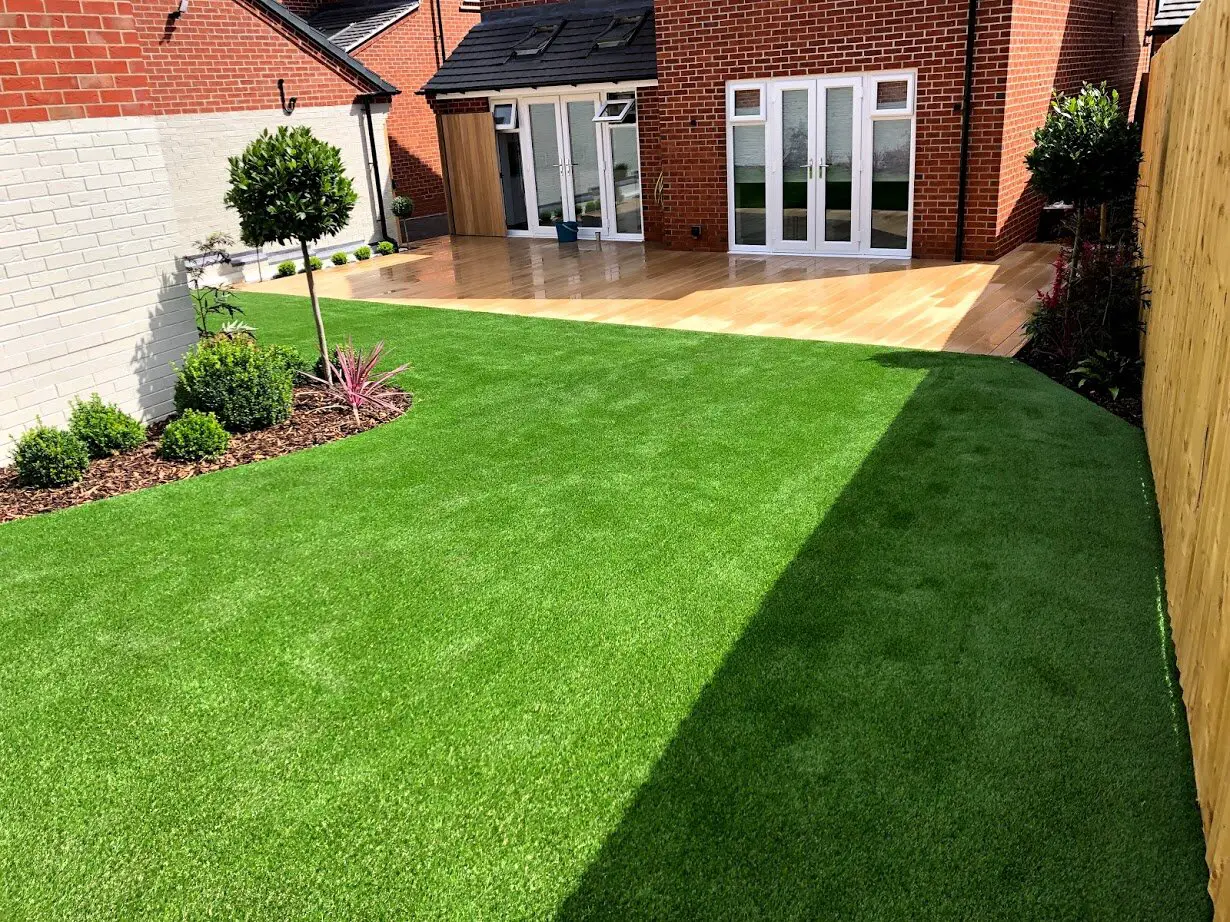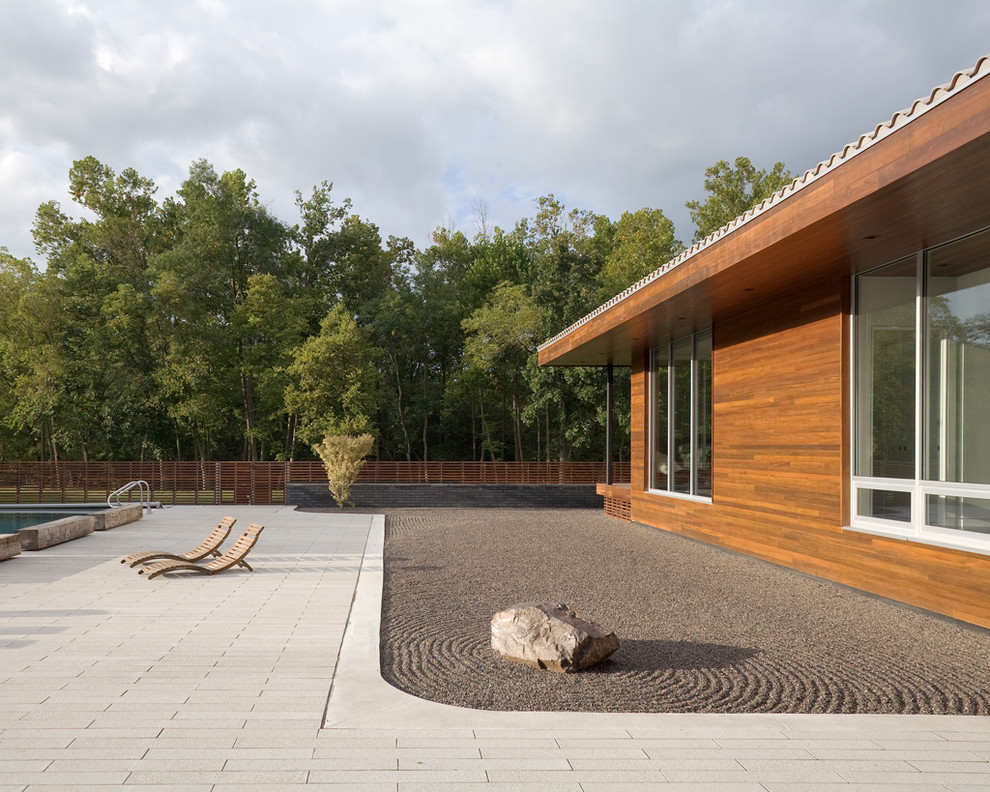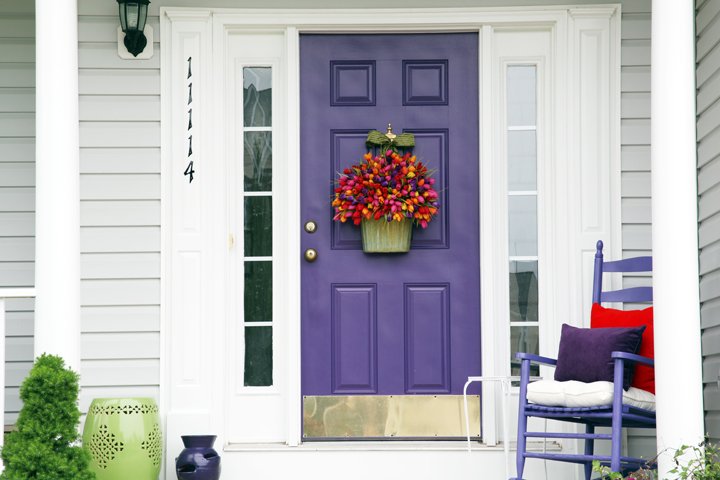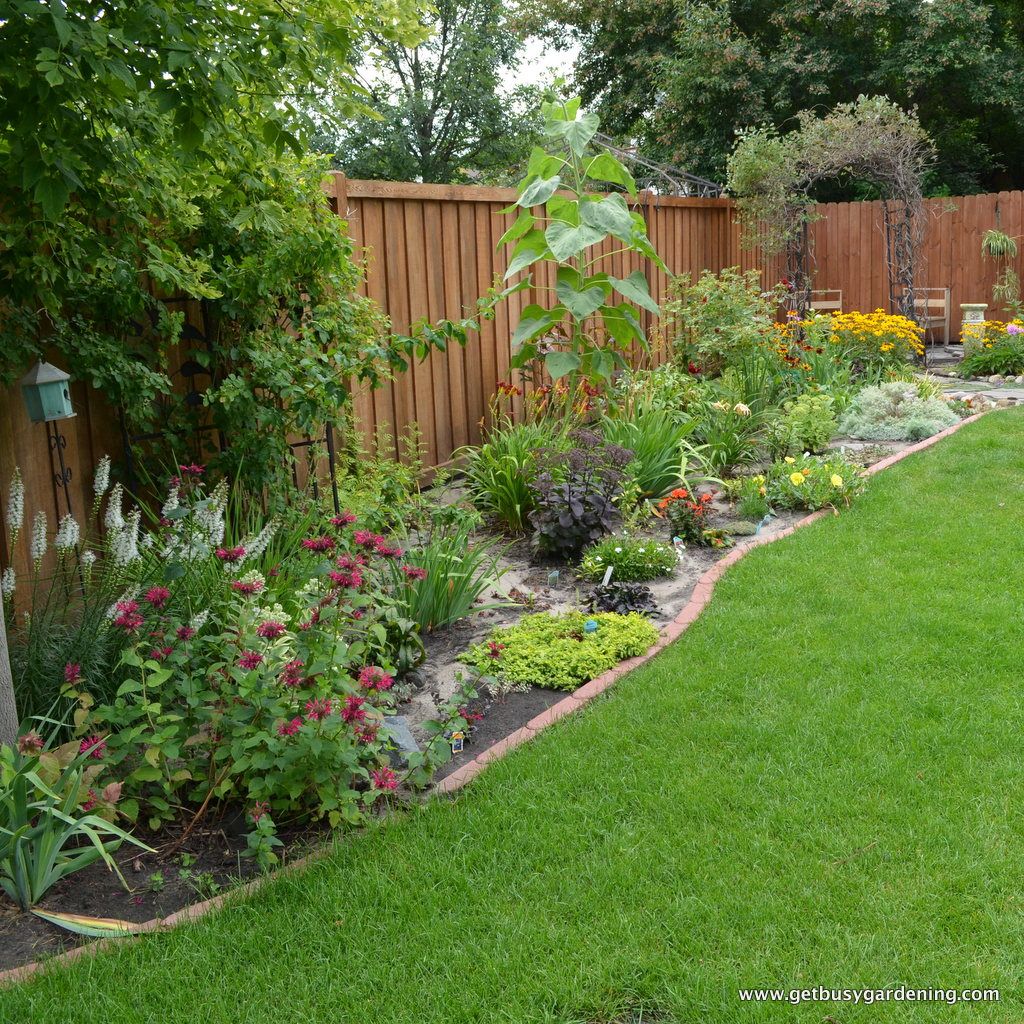Did you know that nearly 30% of households in urban areas grow their own vegetables in containers? It’s an increasingly popular way to cultivate fresh produce even with limited space. Whether you’re a novice gardener or a seasoned pro, container gardening offers a flexible and rewarding experience. From carrots and radishes to beets and turnips, these versatile root crops can thrive in pots on your balcony or patio.
Join us as we explore the essential tips for successful container gardening, including choosing the right containers, selecting the ideal soil mix, and providing proper care for your root crops. Get ready to witness how simple it is to enjoy a bountiful harvest of nutritious root vegetables right at your doorstep.
Key Takeaways
- Container gardening offers flexibility: Growing root vegetables in containers allows for flexibility in terms of space and location, making it accessible to urban and small-space dwellers.
- Select containers wisely: Choose the right containers based on the size and depth required for different root vegetable varieties, ensuring adequate space for growth.
- Prioritize soil quality: Use well-draining, nutrient-rich soil with proper aeration to support healthy root development and prevent issues like rotting.
- Variety selection matters: When selecting root vegetable varieties, consider the container size, growth habits, and the depth required for optimal development.
- Timing is crucial: Timing your planting according to the specific requirements of each root vegetable variety is essential for successful container gardening.
- Regular care and maintenance: Consistent watering, monitoring for pests and diseases, and providing necessary nutrients are crucial for the healthy growth of root vegetables in containers.
Benefits of Container Gardening
Space Efficiency
One of the significant benefits is its space efficiency. This method is ideal for small urban spaces where traditional gardening may not be feasible. By utilizing containers, gardeners can maximize their available gardening area, making it possible to grow a variety of root vegetables such as carrots, radishes, and potatoes. Container gardens are easy to move and rearrange as needed, allowing for flexibility in optimizing sunlight exposure and space usage.
Container gardening provides control over soil composition, which is crucial when cultivating root vegetables. Gardeners have the ability to customize the soil according to specific plant requirements. This ensures that the root vegetables receive the optimal growing conditions they need for healthy development. Moreover, using containers in the garden minimizes the risk of contaminated soil that could hinder plant growth or introduce harmful substances into edible crops.
Fewer Pests
Another advantage of container gardening when growing root vegetables is the reduction in pests compared to traditional ground planting methods. Ground-dwelling pests have limited access to plants grown in elevated containers, decreasing their exposure significantly. Consequently, this makes it easier for gardeners to monitor and manage pest issues effectively without having to combat an extensive array of potential threats commonly found in open soil environments.
Furthermore, container gardening decreases the likelihood of soil-borne diseases affecting root vegetable crops. Using clean potting mix within controlled containers helps prevent contamination and subsequent crop damage in the garden since these diseases often spread through direct contact with infected soil or water runoff from nearby areas.
Extended Season
In addition to providing numerous advantages throughout the growing process,container gardening allows for extended cultivation seasons under suitable climates. By bringing plants indoors during colder months or placing them strategically outdoors during warmer periods, gardeners can maintain year-round production of root vegetables like beets and turnips.
Moreover, container gardens offer protection for root crops against early or late frost damage by enabling quick relocation based on weather forecasts or unexpected temperature fluctuations. This safeguarding ensures that delicate roots remain unharmed even when outdoor conditions become unfavorable for conventional ground-based cultivation methods.
Choosing the Right Containers
Container Size
When growing root vegetables in containers, it’s crucial to select the right container size. Different root vegetables have specific requirements for proper growth and development. For instance, carrots and parsnips need deeper containers, while radishes and green onions can thrive in shallower ones. Matching the container size with the available space is essential to ensure that the plants have enough room to grow their roots.
Moreover, considering both depth and width is vital for proper root development. Deeper containers allow for adequate vertical growth of long-rooted vegetables, while wider containers provide ample space for spreading roots horizontally. This ensures that the plants can access sufficient nutrients from the soil and develop healthy, robust roots.
Material Considerations
Choosing durable, weather-resistant materials is paramount when growing root vegetables in containers. Opting for sturdy materials such as plastic or wood helps ensure longevity and stability for your vegetable garden. Considering insulation properties is important for regulating soil temperature within the container environment to support root crops.
Furthermore, prioritizing non-toxic materials is crucial to safeguard food safety when growing edible root vegetables. This means avoiding containers made from potentially harmful substances like lead or BPA (bisphenol-A), which could leach into the soil and affect plant health.
Drainage Essentials
Proper drainage is a fundamental aspect of successful container gardening with root vegetables. Using containers with adequate drainage holes allows excess water to escape freely, preventing waterlogging that could harm delicate roots. Pairing these drainage-friendly containers with well-draining soil further enhances moisture control by promoting optimal air circulation around the roots.
Elevating your root vegetable containers also plays a key role in facilitating efficient drainage by preventing them from sitting directly on surfaces where excess water might accumulate. This elevation encourages better airflow underneath the pots while allowing any pooled water to drain away effectively.
Best Soil for Root Vegetables
Soil Composition
The soil composition is crucial. Optimal soil mix should include peat, compost, and perlite. This combination balances moisture retention and drainage capabilities, creating a well-aerated environment for the roots to thrive. Peat provides essential nutrients for root development, while compost enriches the soil with organic matter.
Perlite enhances aeration by preventing compaction and improving water drainage. For example, mixing two parts peat moss with one part compost and one part perlite creates an ideal growing medium for root vegetables in containers.
pH Levels
Maintaining the right pH levels is vital when cultivating root vegetables in containers. Aim for slightly acidic to neutral pH levels between 6.0 and 7.0 to support optimal nutrient uptake by the plants’ roots. Regularly monitoring and adjusting the soil’s pH as needed is crucial for ensuring healthy growth.
To test the soil’s pH level accurately, use a reliable pH meter designed specifically for gardening purposes. By testing regularly, you can make necessary adjustments using products like lime or sulfur to achieve the desired pH range conducive to robust root development.
Nutrient Density
Supplementing the container soil with organic fertilizers is essential to ensure adequate nutrient density required by root vegetables during their growth cycle. Organic fertilizers provide a balanced supply of essential elements such as nitrogen (N), phosphorus (P), and potassium (K) that are critical for promoting healthy growth and high-quality yields.
For instance, incorporating well-decomposed compost into the container’s growing medium adds valuable nutrients while enhancing microbial activity beneficial to plant health. Utilizing natural sources of nitrogen such as fish emulsion or seaweed extract supports vigorous foliage growth in leafy vegetable varieties like carrots or beets.
Selecting Root Vegetable Varieties
Radishes
Radishes are suitable for shallow containers due to their short roots. They thrive in loose, well-draining soil and can be harvested when the roots reach the desired size. For example, varieties like Cherry Belle or French Breakfast radishes are perfect for container gardening. These small root vegetables grow quickly and don’t require a lot of space.
Carrots, on the other hand, require deep containers to accommodate their long taproots. It’s important to avoid compacted or rocky soil as it can cause carrots to fork or become stunted. Thinning seedlings is crucial to prevent overcrowding and ensure straight growth. Consider growing Nantes or Danvers Half Long carrots in your containers for a bountiful harvest.
Beets
Beets flourish in deep, wide containers that allow ample room for their roots to develop without crowding. It’s essential to provide consistent moisture throughout the growing season to prevent a woody texture in the roots. When selecting beet varieties for container gardening, consider options like Detroit Dark Red or Chioggia (Candy Cane) beets for vibrant colors and delicious flavor.
Potatoes are ideal candidates for tall containers or specialized potato grow bags that promote healthy tuber development by allowing room for hilling—the process of adding soil gradually as plants grow taller—encouraging more potatoes per plant. Yukon Gold and Russet Burbank are popular potato varieties suitable for container cultivation due to their adaptability and high yields.
Timing Your Planting
Seasonal Guidelines
When growing root vegetables in containers, it’s crucial to adjust your planting times based on the local climate. For instance, if you live in a region with cold winters, consider using protective coverings like row covers or cloches to shield the plants from extreme temperatures. On the other hand, during scorching summers, provide shade or move the containers to cooler spots. By doing so, you can extend the growing seasons and ensure a bountiful harvest.
Moreover, extending the growing season for root vegetables can be achieved through appropriate care practices such as providing additional insulation during colder months and adjusting watering frequency. For example, adding mulch around containers helps retain moisture and regulate soil temperature during chilly periods. Conversely, increasing watering frequency in hot weather prevents soil from drying out and ensures consistent growth.
Temperature Factors
Monitoring soil temperature is essential for optimal root development when cultivating root vegetables in containers. This involves using a soil thermometer to gauge whether conditions are favorable for planting seeds or seedlings. Protecting container-grown root vegetables from excessive heat or cold is vital for their overall health and productivity.
For instance, applying a layer of mulch on top of the soil acts as an insulator by shielding roots from extreme temperatures while also helping maintain consistent moisture levels within the container. In contrast, during colder spells, utilizing insulation materials like garden fabric or burlap can safeguard against frost damage and promote steady growth.
Adjusting watering frequency based on temperature fluctuations is another critical factor when growing root vegetables in containers. During hotter periods, increased evaporation rates necessitate more frequent watering sessions to prevent dehydration of plants’ roots inside confined spaces such as pots or bins. Conversely, when temperatures drop significantly at nightfall or due to seasonal changes, reducing watering frequency becomes necessary to avoid waterlogged conditions that could stunt plant growth.
Planting and Sowing Seeds
Depth and Spacing
When planting root vegetables in containers, it’s crucial to adhere to the recommended planting depths for each type of vegetable. Different root vegetables require varying depths for optimal growth. For instance, carrots typically need a depth of 12-16 inches, while radishes can thrive in shallower soil at around 6-8 inches deep. Ensuring the correct depth allows the roots ample space to develop without constraints.
In addition to planting depth, understanding the appropriate spacing between seeds or seedlings is essential. Proper spacing prevents overcrowding as the plants mature, promoting healthier growth and minimizing competition for nutrients and water. Carrots should be spaced about 3 inches apart, whereas radishes can be placed closer together at approximately 1 inch apart. By adhering to these guidelines, you provide each plant with adequate room to flourish.
Thinning Seedlings
Thinning seedlings is a critical step in container gardening for root vegetables. Once the seedlings have emerged and developed their first true leaves, it’s time to thin them out by removing excess seedlings from each cluster. This practice ensures that the remaining seedlings have enough space for proper root expansion as they grow.
Care and Maintenance
Watering Techniques
When growing root vegetables in containers, it’s crucial to water them consistently. This ensures even moisture levels, promoting healthy growth. Adjust the frequency of watering based on environmental conditions, such as temperature and humidity. Overwatering can lead to rot or disease, so it’s essential to strike a balance.
For instance, carrots require consistent moisture for proper development. During hot weather, more frequent watering may be necessary to prevent the soil from drying out too quickly. On the other hand, during cooler periods, less frequent watering is needed to avoid oversaturation.
Fertilizing Methods
Applying a balanced fertilizer at planting time and throughout the growth stages is vital for growing root vegetables successfully in containers. Incorporating organic matter into the soil promotes long-term fertility and enhances soil structure.
For example, when growing beets in containers, using a balanced fertilizer with equal parts nitrogen (N), phosphorus (P), and potassium (K) supports their health and quality. Furthermore, adding worm castings—an excellent source of organic matter—contributes to nutrient-rich soil beneficial for beet cultivation.
Disease Prevention
To maintain the health of root vegetable plants grown in containers while preventing diseases or pests from spreading:
- Practice crop rotation by changing where specific crops are planted each season.
- Regularly inspect plants for any signs of disease or pest infestations.
- Utilize disease-resistant varieties whenever available for optimal plant protection against common ailments.
By following these prevention measures diligently, you can ensure that your container garden thrives without succumbing to potential threats like diseases or pests.
Harvesting Your Crop
Signs of Maturity
When growing root vegetables in containers, it’s crucial to monitor them for signs of maturity. Keep an eye on the size and color changes, which indicate that the vegetables are ready to be harvested. To check their maturity, gently dig around the base of the plant to assess the size and quality of the roots. Different types of root vegetables have specific guidelines for determining their readiness for harvesting, so refer to these guidelines accordingly.
For instance, carrots are typically ready for harvest when they reach a diameter of about 1 inch and display a vibrant orange color. Onions should be harvested once their tops turn yellow and start to fall over naturally. Understanding these specific cues will ensure that you harvest your crops at the optimal time, guaranteeing maximum flavor and nutrition.
Harvesting Techniques
Before harvesting your crops from containers, it’s essential to prepare them properly. Gently loosen the soil surrounding each plant using a small trowel or fork; this will help ease out the roots without causing damage during extraction. When lifting root vegetables from containers, handle them carefully to avoid bruising or breaking off any parts.
For example, when harvesting potatoes grown in containers, lightly dig around each plant with your hands or a small garden tool before carefully lifting out the tubers one by one. Be mindful not to shake off excess soil while removing them as this can lead to unnecessary damage. Once harvested, trim any foliage attached to the roots before storing them away.
From Garden to Table
Cleaning and Storage
The journey doesn’t end at harvest. After reaping your bountiful crop, it’s crucial to properly clean and store your freshly dug treasures. Start by gently removing any excess soil from the roots, being careful not to damage them in the process. Once cleaned, these veggies are ready for storage.
To keep them fresh and flavorful for as long as possible, find a cool, dark place with proper ventilation for their home away from the garden. This could be a cellar or even just a well-ventilated pantry or cupboard. Regularly check on your stored vegetables for any signs of spoilage or sprouting so you can promptly address any issues that arise.
Cooking Tips
Now that you’ve successfully grown and stored your root vegetables, it’s time to explore all the delicious ways you can enjoy them in your meals. Experiment with various cooking methods such as roasting, steaming, or grilling to discover which brings out the best flavors in each type of vegetable.
Incorporate fresh herbs and seasonings into your dishes to enhance the natural earthy sweetness of these homegrown delights. Whether it’s rosemary-roasted carrots or garlic-infused mashed potatoes, there are countless ways to elevate their flavors using simple yet impactful ingredients.
Summary
You’ve learned all about growing root vegetables in containers. From the benefits of container gardening to selecting the right varieties and caring for your plants, you’re well-equipped to start your container garden. Now, it’s time to put your newfound knowledge into action. Get your hands dirty, have fun experimenting with different containers and soil mixes, and enjoy the process of nurturing your root vegetables from seed to harvest. Don’t be afraid to make mistakes – that’s how you’ll truly learn and improve your gardening skills. So, grab your gardening gloves and get started on this exciting and rewarding journey!
Frequently Asked Questions
Can I grow root vegetables in any type of container?
Absolutely! Root vegetables can thrive in various containers, such as plastic pots, fabric bags, or wooden crates. Just ensure the container has sufficient depth for proper root growth.
What kind of soil is best for growing root vegetables in containers?
Opt for loose, well-draining soil with a good mix of compost and organic matter. This creates an ideal environment for root development and helps prevent issues like rotting.
How do I know when it’s time to harvest my root vegetables?
Monitor the size and appearance of your specific vegetable variety. Typically, you can gently unearth a small portion to check their progress without disturbing the entire crop.
Can I reuse the soil from my previous container crop?
Yes, but be sure to replenish it with fresh compost or organic matter before replanting. This ensures that the soil maintains its nutrient content and structure for healthy plant growth.
Is there a particular time of day that’s best for caring for my container-grown root vegetables?
Early morning tends to be optimal since plants are fully hydrated from the night and ready to absorb nutrients during this period. Plus, it’s often cooler at this time, reducing stress on plants.






